Pasos por el Ateneo más antiguo de Venezuela
Español
El Salón de Lectura, también llamado Ateneo del Táchira, es uno de los edificios más antiguos de San Cristóbal, fue construido durante el gobierno de Juan Vicente Gómez pero concluido en 1938 en el período de Eleazar López Contreras. El diseño, de estilo neo colonial y con características del Art Deco, estuvo a cargo de Luis Eduardo Chataing, el mismo arquitecto que diseñó el Teatro Nacional de Caracas.
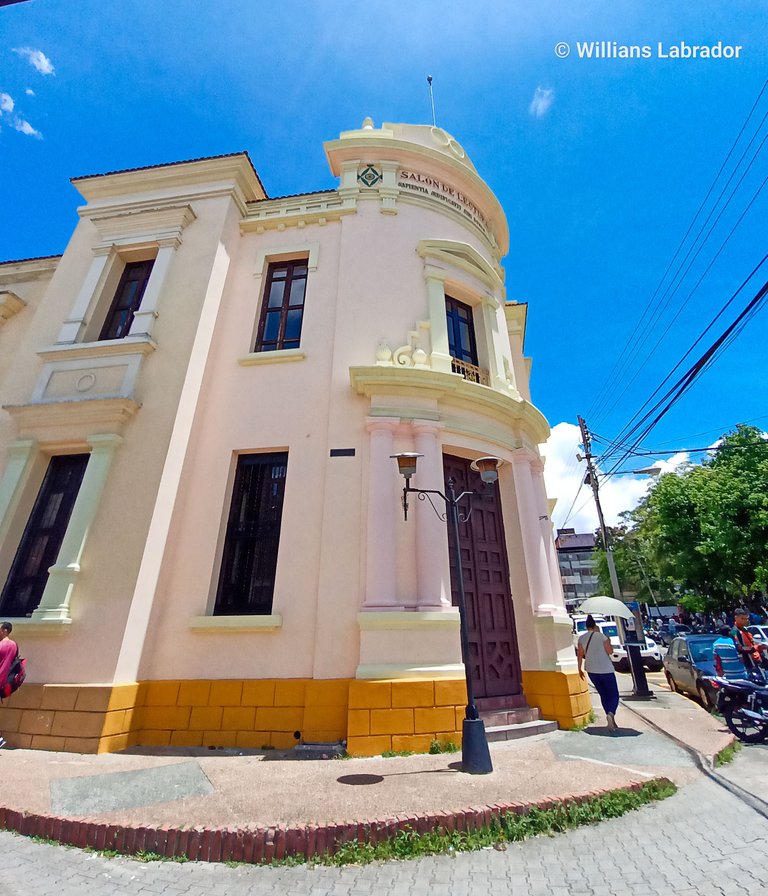
Este inmueble patrimonial, hasta la fecha (2022), suma 84 años de vida en la esquina de la calle 9 con carrera 6, frente a la plaza Bolívar de San Cristóbal. Sin embargo, las actividades de esta institución comenzaron mucho antes -en 1907- por lo que realmente cuenta con 115 años de fundación; de esta forma, se es el ateneo más antiguo de toda Venezuela y Patrimonio Cultural de la Nación.
Por los pasillos de este centro cultural se han gestado valiosas iniciativas como el Rotary Club San Cristóbal, la Cruz Roja, el Club de Leones, la Universidad Nacional Experimental del Táchira (UNET), entre otras importantes instituciones. Es un icono patrimonial arquitectónico muy especial que continúa promoviendo el arte y la cultura del estado Táchira. Actualmente, Margarita Sánchez de González preside la junta directiva con el apoyo de la sociedad tachirense que hace vida activa en este recinto.
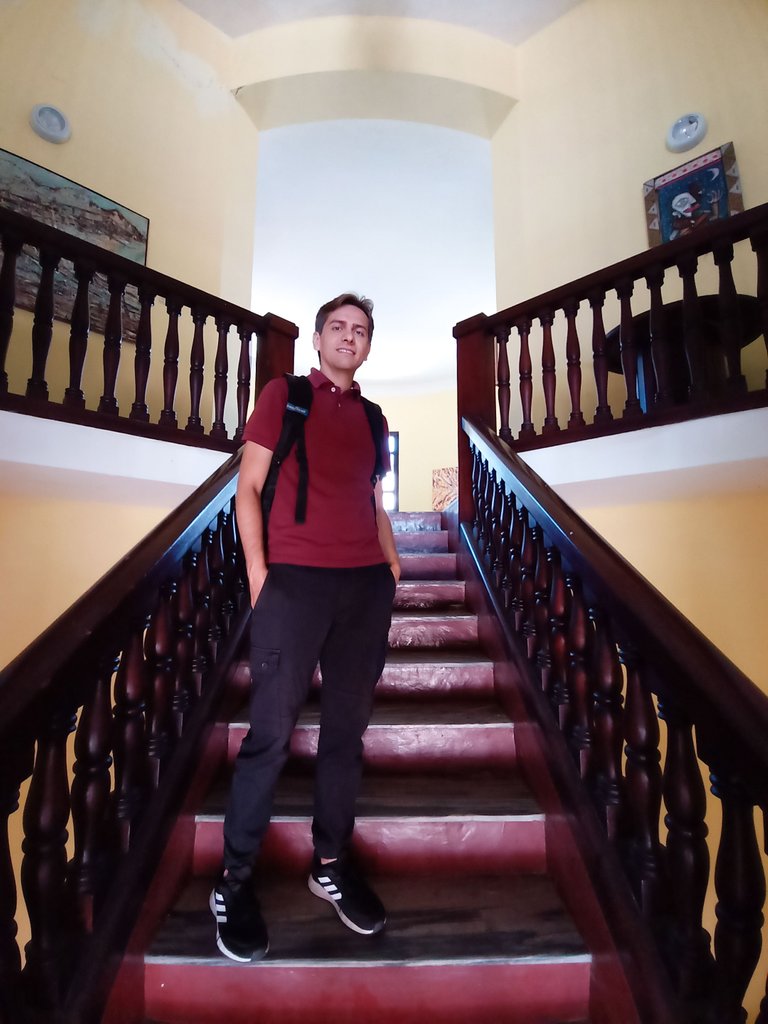
Primero piso
El arquitecto Chataing diseñó el edificio en dos niveles alrededor de un patio central; en la planta baja o primer nivel se halla la biblioteca José Antonio Guerrero Lossada, su nombre rinde tributo al soldado, humanista y bibliotecario, artífice de este espacio cultural. La colección alberga más de 10.000 libros, entre ellos algunos ejemplares invaluables del siglo XVIII y demás obras literarias contemporáneas. Está dirigida por el maestro Daniel Galaviz, quien también dicta talleres de dibujo en sus espacios.
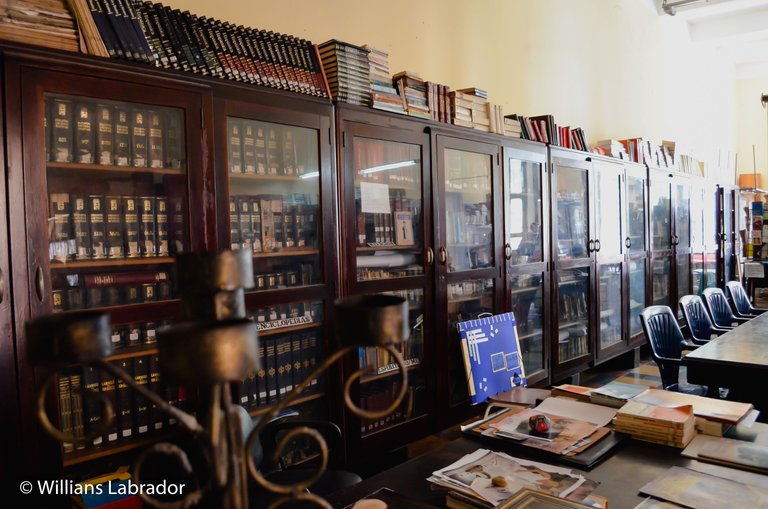
Galaviz hizo un paréntesis en su taller para resaltar la labor de José Antonio Guerrero Lossada como progenitor del Salón de Lectura. Contó que Guerrero fue enviado al Táchira para repeler la invasión de tropas colombianas en 1901. Luego, ya instalado en San Cristóbal, abrió un local de alimentos en 1907 y en su trastienda creó el Salón de Lectura; posteriormente, enfrentó los embates del presidente del Táchira, Eustoquio Gómez, quien pretendía cerrar la institución. Incluso, Guerrero tuvo que cultivar hortalizas para sustentar los gastos de operación y adquisición de libros.
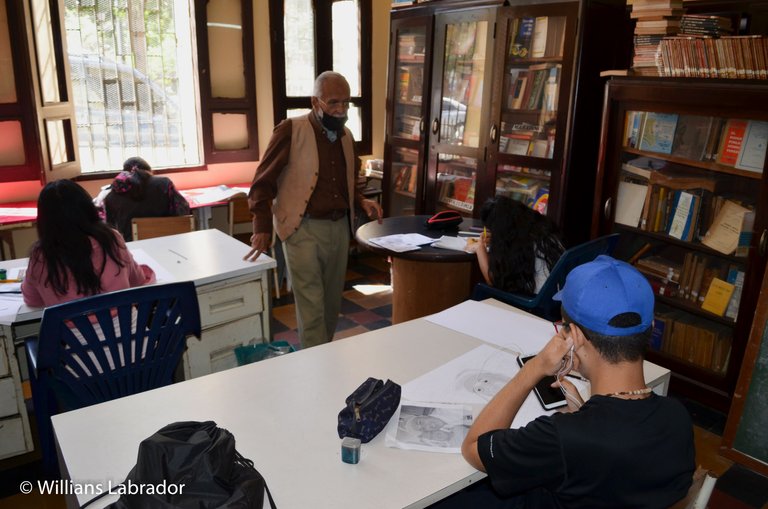
En el patio central, llamado "De Ladrillo y Cielo" destacan dos bustos: el de Abel Santos, promotor y primer presidente del ateneo; y el de Pedro María Morantes (Pío Gil), eminente escritor tachirense, quien antes de morir donó sus libros personales a esta institución. Al costado derecho del patio se halla la** galería Rafael Ulacio Sandoval**, considerada la sala de exposición más antigua del estado; y la cafetería La Francia, cerrada temporalmente, pero llamada así como recuerdo de la huerta que tenía José Antonio Guerrero Lossada y que contribuyó con los gastos del salón.
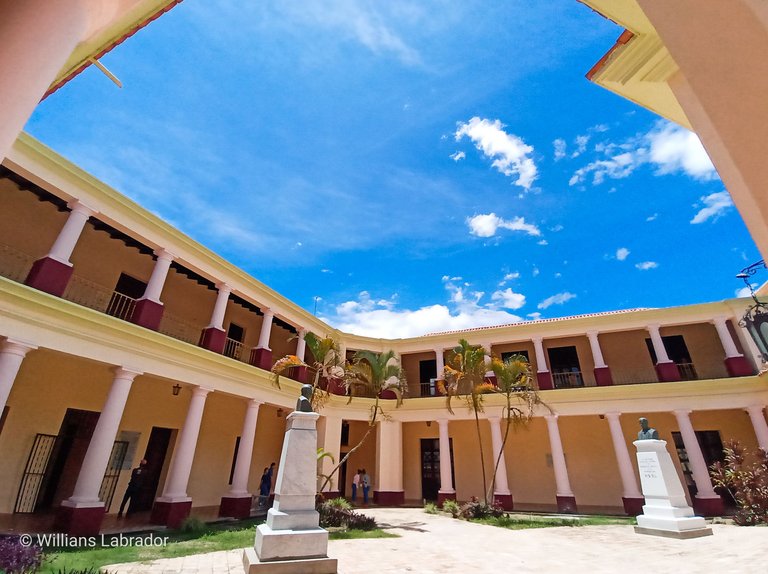
Al costado izquierdo del patio se encuentra el auditorio Doña María Santos Stella, colaboradora tachirense que dedico su trabajo voluntario a esta institución. Tras una reciente refacción en julio de 2022, la sala -con capacidad para 300 personas- deslumbra la mirada por sus elementos arquitectónicos y decorativos de la época como butacas, lámparas, ventanales y mosaicos del piso. El escenario contempla un piano de cola Steinway & Sons, medianamente conservado, adquirido en los años 40 como bien patrimonial.
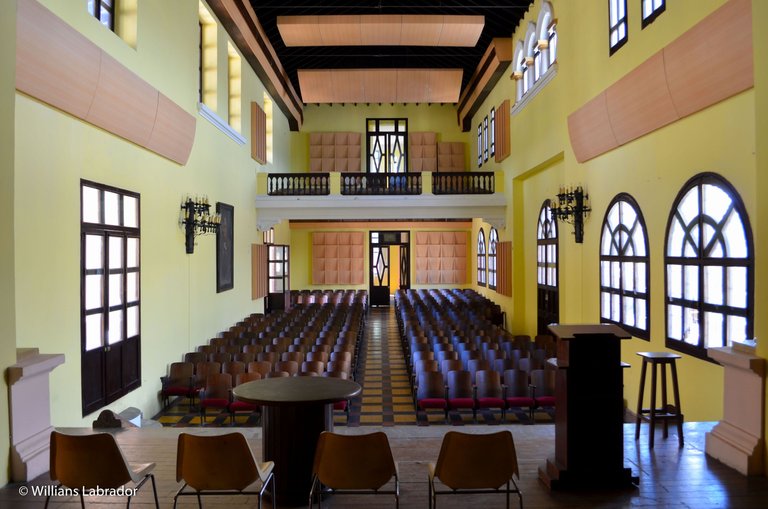
Segundo piso:
En el segundo nivel se sitúa la hemeroteca Domingo Guzmán Escandón, actualmente en fase de rehabilitación, dirigida por el cronista de la ciudad, Luis Hernández Contreras, quien informó que en diciembre de 2022 estará nuevamente disponible para visita y consulta de los usuarios. Además, indicó que la hemeroteca ofrece una colección de diarios y publicaciones periódicas regionales y nacionales a partir de 1903 de manera consecutiva hasta la fecha.
La Sociedad Salón de Lectura es el resultado de la manifestación y empeño de la sociedad civil que aún conserva su carácter privado y sin fines de lucro. Pero la historia también revela algunos datos curiosos como la recepción, en sus albores, de un subsidio mensual de 80 bolívares por parte del Ejecutivo Nacional; y en el lugar donde se ubica su sede actual, anteriormente funcionó una estación de servicio para el abastecimiento de combustible en el centro de la ciudad.
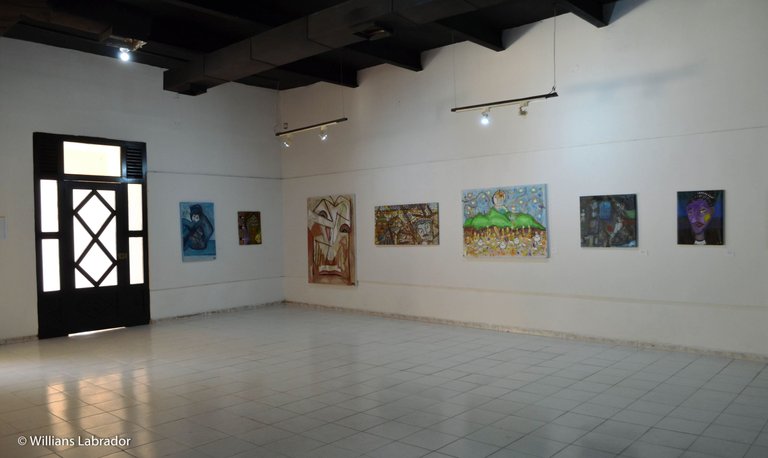
El ex presidente Eleazar López Contreras contribuyó significativamente con el desarrollo de la nueva sede y de la instalación del mobiliario. Destacados personajes intelectuales como Leonardo Ruiz Pineda, Alberto Adriani, Amenodoro Rangel Lamus, dictaron conferencias y disertaciones sobre economía, democracia y revolución. Desde los espacios de este patrimonio cultural se han fraguado importantes proyectos que contribuyeron con el progreso de la región andina.
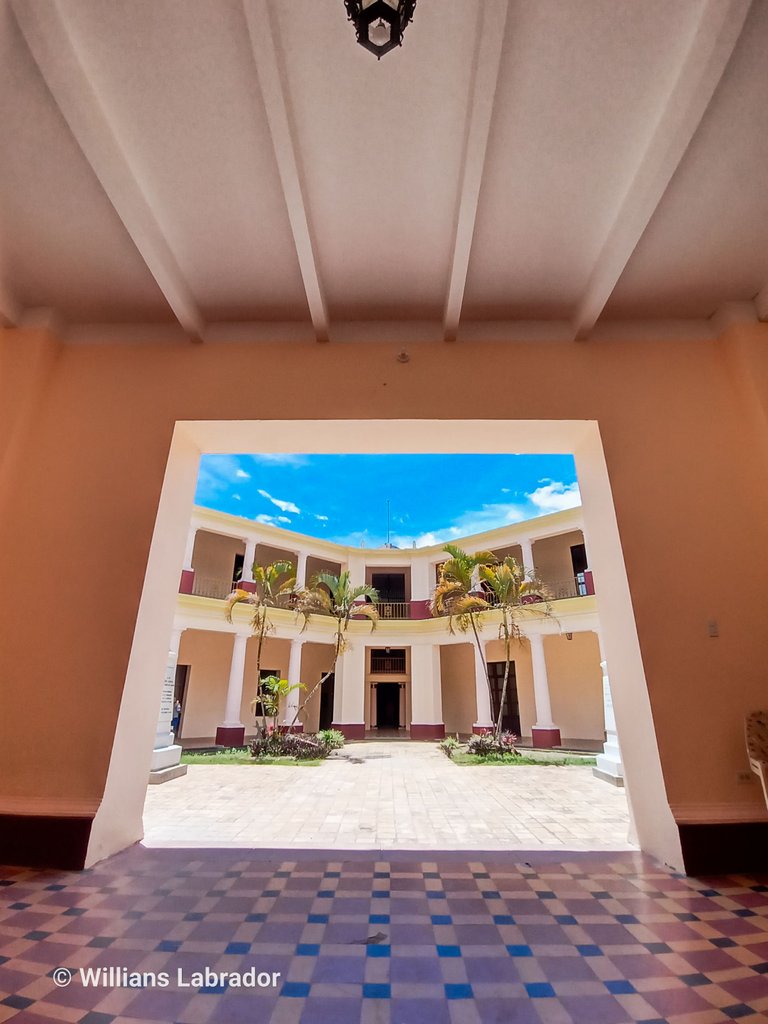
Fuentes consultadas
- Gias, (2012). San Cristóbal: Una mirada en sus 450 años. Grupo de Investigación Arquitectura
y Sociedad (GIAS). Fondo Editorial UNET, San Cristóbal.
- Hernández, L. (1999). Diccionario de la Música en el Táchira. Procultura, pp. 168-170
- IPC, (2006). Catálogo del Patrimonio Cultural Venezolano 2004-2007. Ministerio de la Cultura.
English
The Reading Room, also called Ateneo del Táchira, is one of the oldest buildings in San Cristóbal, built during the government of Juan Vicente Gómez but concluded in 1938 during the period of Eleazar López Contreras. The design, of neo-colonial style and with Art Deco characteristics, was in charge of Luis Eduardo Chataing, the same architect who designed the National Theater of Caracas.

This patrimonial building has been in existence for 84 years at the corner of Calle 9 and Carrera 6, in front of Plaza Bolívar in San Cristóbal, until now (2022). However, the activities of this institution began much earlier -in 1907- so it really has 115 years of foundation; this way, it becomes the oldest athenaeum of all Venezuela and Cultural Patrimony of the Nation.
Through the corridors of this cultural center, valuable initiatives such as the Rotary Club San Cristóbal, the Red Cross, the Lions Club, the Universidad Nacional Experimental del Táchira (UNET), among other important institutions, have taken shape. It is a very special architectural heritage icon that continues to promote the art and culture of the state of Táchira. Currently, Margarita Sánchez de González presides over the board of directors with the support of the Táchira society that is active in this precinct.

First floor
The architect Chataing designed the building on two levels around a central courtyard; on the first floor or first level is the José Antonio Guerrero Lossada library, its name pays tribute to the soldier, humanist and librarian, architect of this cultural space. The collection houses more than 10,000 books, including some invaluable copies of the eighteenth century and other contemporary literary works. It is directed by the teacher Daniel Galaviz, who also gives drawing workshops in its spaces.

Galaviz made a parenthesis in his workshop to highlight the work of José Antonio Guerrero Lossada as the progenitor of the Reading Room. He said that Guerrero was sent to Táchira to repel the invasion of Colombian troops in 1901. Then, already installed in San Cristóbal, he opened a grocery store in 1907 and in its back room he created the Reading Room; later, he faced the attacks of the president of Táchira, Eustoquio Gómez, who wanted to close the institution. Guerrero even had to grow vegetables to support operating expenses and the acquisition of books.

In the central patio, called "Of Brick and Sky" two busts stand out: that of Abel Santos, promoter and first president of the athenaeum; and that of Pedro María Morantes (Pío Gil), eminent writer from Tachira, who before his death donated his personal books to this institution. On the right side of the courtyard is the Rafael Ulacio Sandoval gallery, considered the oldest exhibition hall in the state; and the cafeteria La Francia, temporarily closed, but named after the vegetable garden owned by José Antonio Guerrero Lossada, which served as an economic resource to cover the salon's expenses.

On the left side of the patio is the auditorium Doña María Santos Stella, a collaborator from Tachira who dedicated her volunteer work to this institution. After a recent refurbishment in July 2022, the hall -with a capacity for 300 people- dazzles the eye with its architectural and decorative elements of the period, such as armchairs, lamps, large windows and floor mosaics. The stage includes a moderately preserved Steinway & Sons grand piano, acquired in the 1940s as a patrimonial asset.

Second floor
On the second level is the Domingo Guzmán Escandón newspaper library, currently undergoing rehabilitation, directed by the city's chronicler, Luis Hernández Contreras, who informed that in December 2022 it will be available again for visits and consultation by users. He also indicated that the newspaper library offers a collection of regional and national newspapers and periodicals from 1903 to date.
The Sociedad Salón de Lectura is the result of the manifestation and effort of the civil society that still preserves its private and non-profit character. But history also reveals some curious facts such as the receipt, in its beginnings, of a monthly subsidy of 80 bolívares from the National Executive; and in the place where its current headquarters was built, there used to be a gas station for the supply of fuel in the center of the city.

Former President Eleazar López Contreras contributed significantly to the development of the new headquarters and the installation of the furniture. Prominent intellectuals such as Leonardo Ruiz Pineda, Alberto Adriani, Amenodoro Rangel Lamus, gave lectures and dissertations on economy, democracy and revolution. Important projects that contributed to the progress of the Andean region have been forged from the spaces of this cultural heritage.

Sources consulted
- Gias, (2012). San Cristóbal: A look at its 450 years. Architecture and Society Research Group (GIAS). y Sociedad (GIAS). Fondo Editorial UNET, San Cristóbal.
- Hernández, L. (1999). Diccionario de la Música en el Táchira. Procultura, pp. 168-170
- IPC, (2006). Catálogo del Patrimonio Cultural Venezolano 2004-2007 (Venezuelan Cultural Heritage Catalog 2004-2007). Ministry of Culture.
Congratulations @wlabrador! You have completed the following achievement on the Hive blockchain And have been rewarded with New badge(s)
Your next target is to reach 50 upvotes.
You can view your badges on your board and compare yourself to others in the Ranking
If you no longer want to receive notifications, reply to this comment with the word
STOPCheck out the last post from @hivebuzz:
Support the HiveBuzz project. Vote for our proposal!